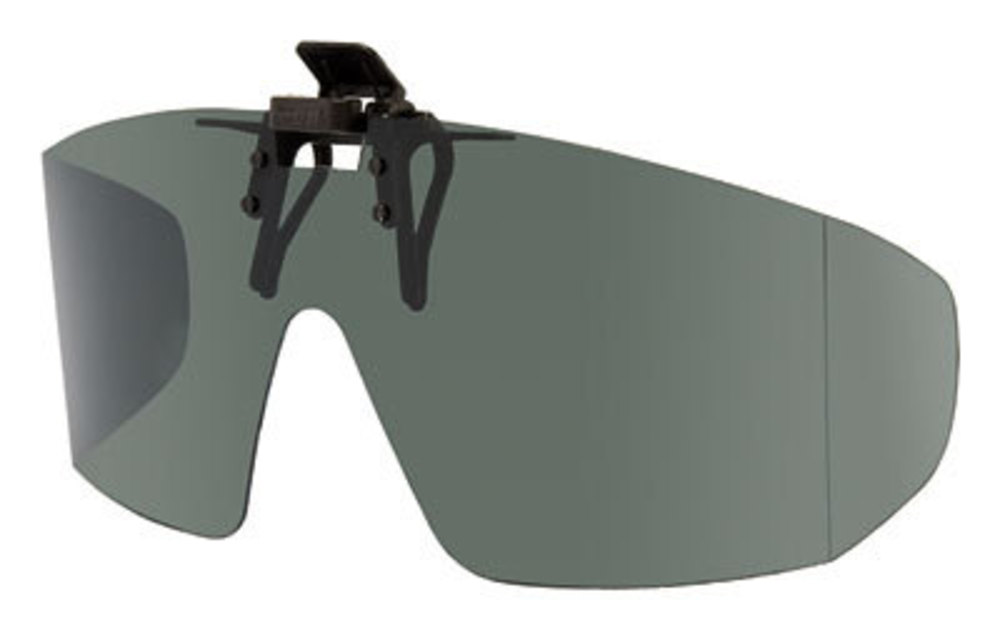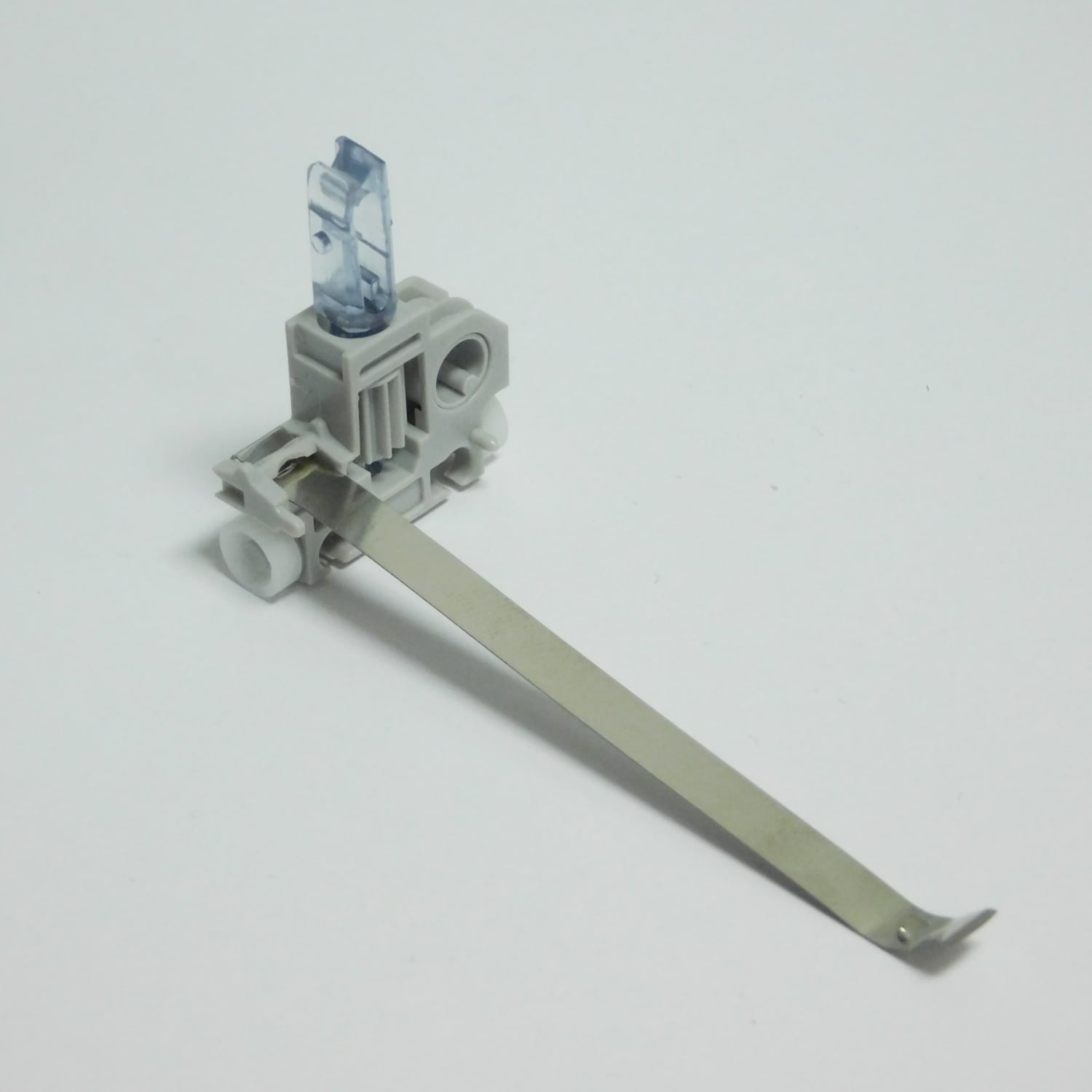

Use the View Correction Matte option to better identify which pixels are matched and affected. Expand this control to reveal separate sliders for Hue, Lightness, and Saturation values. Tolerance - How much colors can differ from the From color and still be matched.Transforming To Color transforms affected pixel values towards the target color, using HLS interpolation the amount of change for each pixel depends on how close the pixel’s color is to the From color. Setting To Color performs a direct change of affected pixels to the target color. To animate a color change, set keyframes for the To color. To - The color to change matched pixels to.From - The center of the color range to change.Invert Color Correction Mask - Inverts the mask that determines which colors to affect.Chroma uses the two chrominance components to determine similarity, ignoring luminance (lightness). Hue compares on the hues of colors, ignoring saturation and brightness-so bright red and light pink match, for example. RGB compares colors in an RGB color space. Match Colors - Determines the color space in which to compare colors to determine similarity.Matching Softness - The amount that unmatched pixels are affected by the effect, in proportion to their similarity to Color To Match.Matching Tolerance - How much colors can differ from Color To Match and still be matched.Color To Change - The central color in the range to be changed.Saturation Transform - Positive values increase saturation of matched pixels (moving toward pure color) negative values decrease saturation of matched pixels (moving toward gray).Lightness Transform - Positive values brighten the matched pixels negative values darken them.Hue Transform - The amount, in degrees, to adjust hue.White areas in the color correction mask are changed the most, and dark areas are changed the least. Color Correction Mask shows the areas of the layer that will be changed. View - Corrected Layer shows the results of the Change Color effect.Using the Source Monitor and Program Monitor.
#Shade control g clips pro
Troubleshoot issues related to playback and performance in Premiere Pro.How do I manage the Media Cache in Premiere Pro?.Green and pink video in Premiere Pro or Premiere Rush.Check if your system is compatible with Premiere Pro.Improving Performance and Troubleshooting.Best Practices: Working with native formats.Best Practices: Learning from broadcast production.
#Shade control g clips archive

Exporting projects for other applications.Exporting for the Web and mobile devices.Using HSL Secondary controls in the Lumetri Color panel.

Adjust color using RGB and Hue Saturation Curves.Get creative with color using Lumetri looks.Overview: Color workflows in Premiere Pro.Compositing, alpha channels, and adjusting clip opacity.Viewing and adjusting effects and keyframes.Use Motion effect to edit and animate clips.Adding, navigating, and setting keyframes.
#Shade control g clips upgrade


 0 kommentar(er)
0 kommentar(er)
